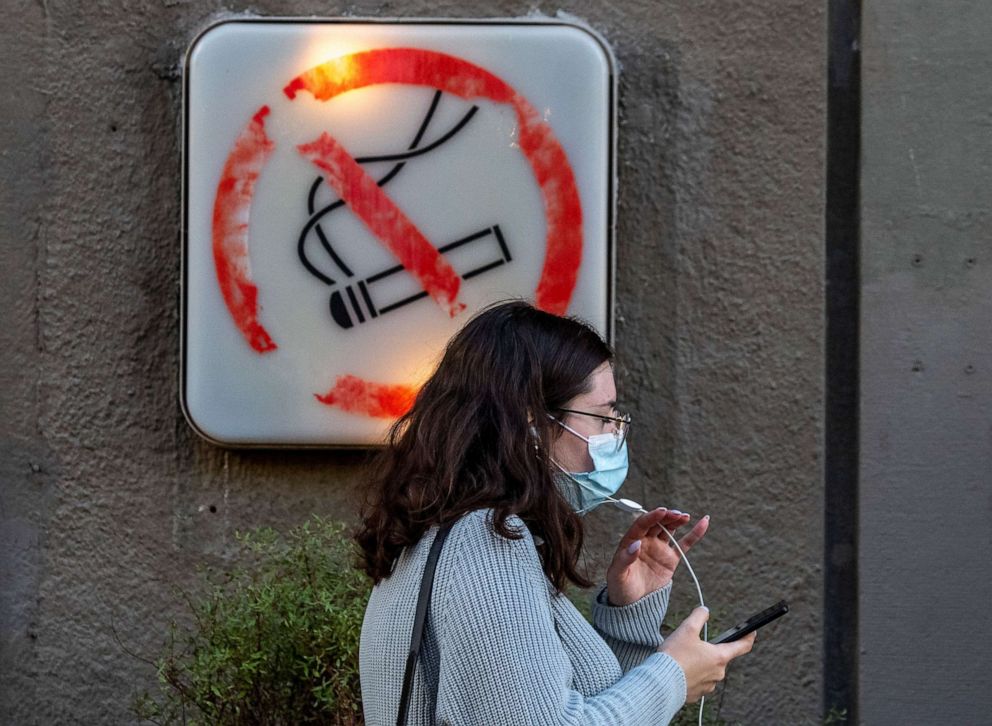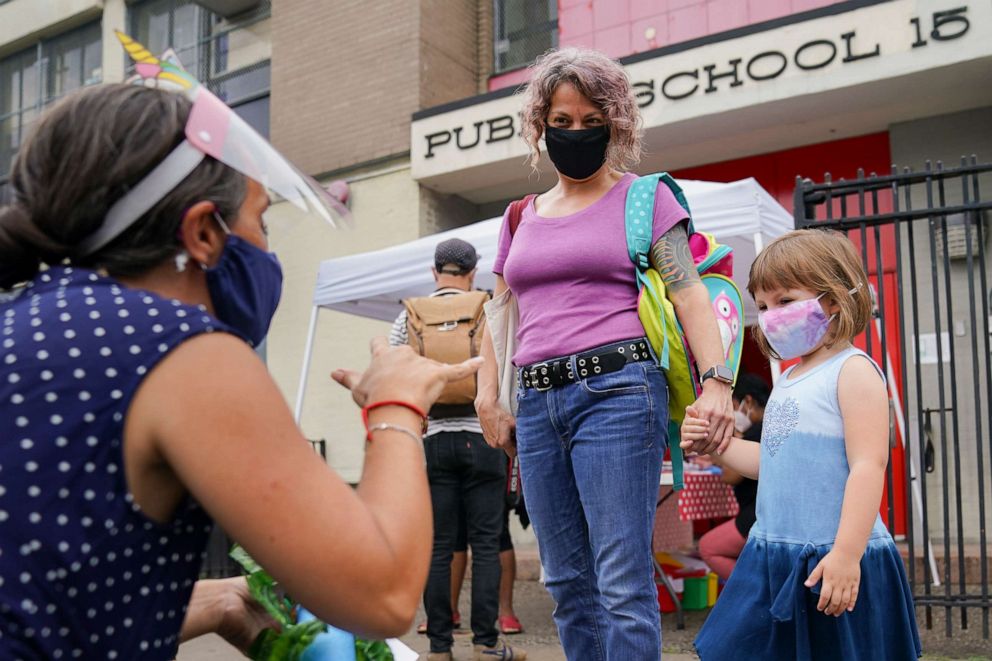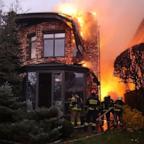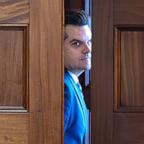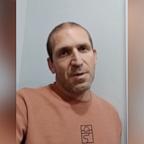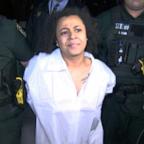US unveils plan to offer free vaccine to all Americans
The U.S. government has unveiled a plan to offer a COVID-19 vaccine to all Americans free of charge as early as January.
The U.S. Department of Health and Human Services and the U.S. Department of Defense jointly released two documents on Wednesday, outlining the Trump administration’s vaccine distribution strategy amid the coronavirus pandemic. The goal is to deliver safe and effective vaccine doses to sites, with "no upfront costs to providers and no out-of-pocket cost to the vaccine recipient," according to a strategic distribution overview.
"No American has to pay a single dime out of pocket for a vaccine," Paul Mango, deputy chief of staff for policy at the U.S. Department of Health and Human Services, said on a call with reporters Wednesday.
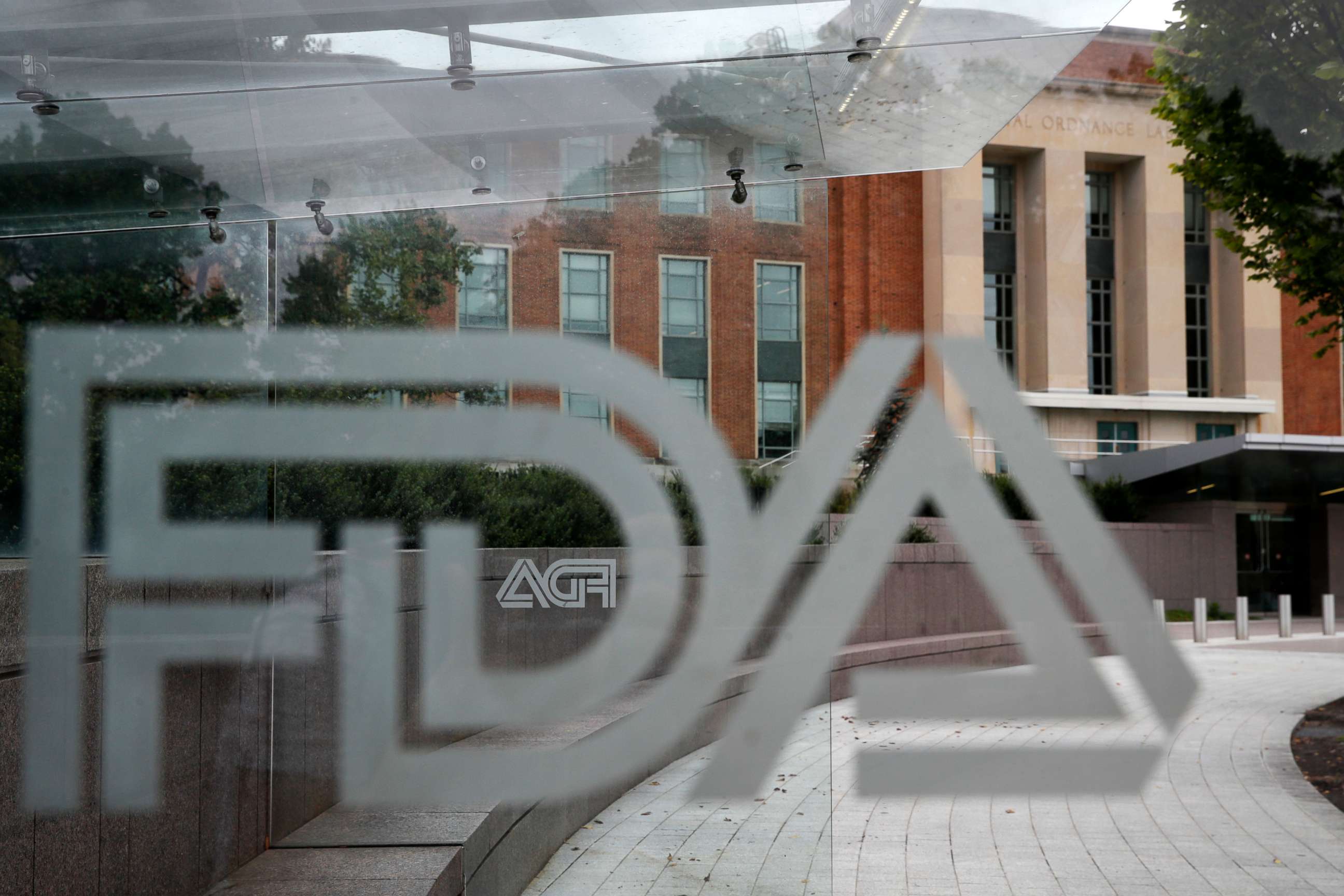
Health care providers will be reimbursed for the cost of administering the vaccine doses, but those fees will not be borne by patients and instead will be paid for by either commercial insurers or Medicaid. For patients who are uninsured, the costs will be covered by the administration's Provider Relief Fund.
Officials are still ironing out details for those insured through Medicare fee-for-service programs. The most they would have to pay out of pocket would be $3.50 per shot, "but we're working on that," Mango said.
Mango noted that some details of the plan won't be known until a COVID-19 vaccine is authorized or approved by the Food and Drug Administration.
“We’re dealing in a world of great uncertainty," he told reporters. "So this is a really quite extraordinary, logistically complex undertaking and a lot of uncertainties right now."
ABC News' Sony Salzman contributed to this report.
